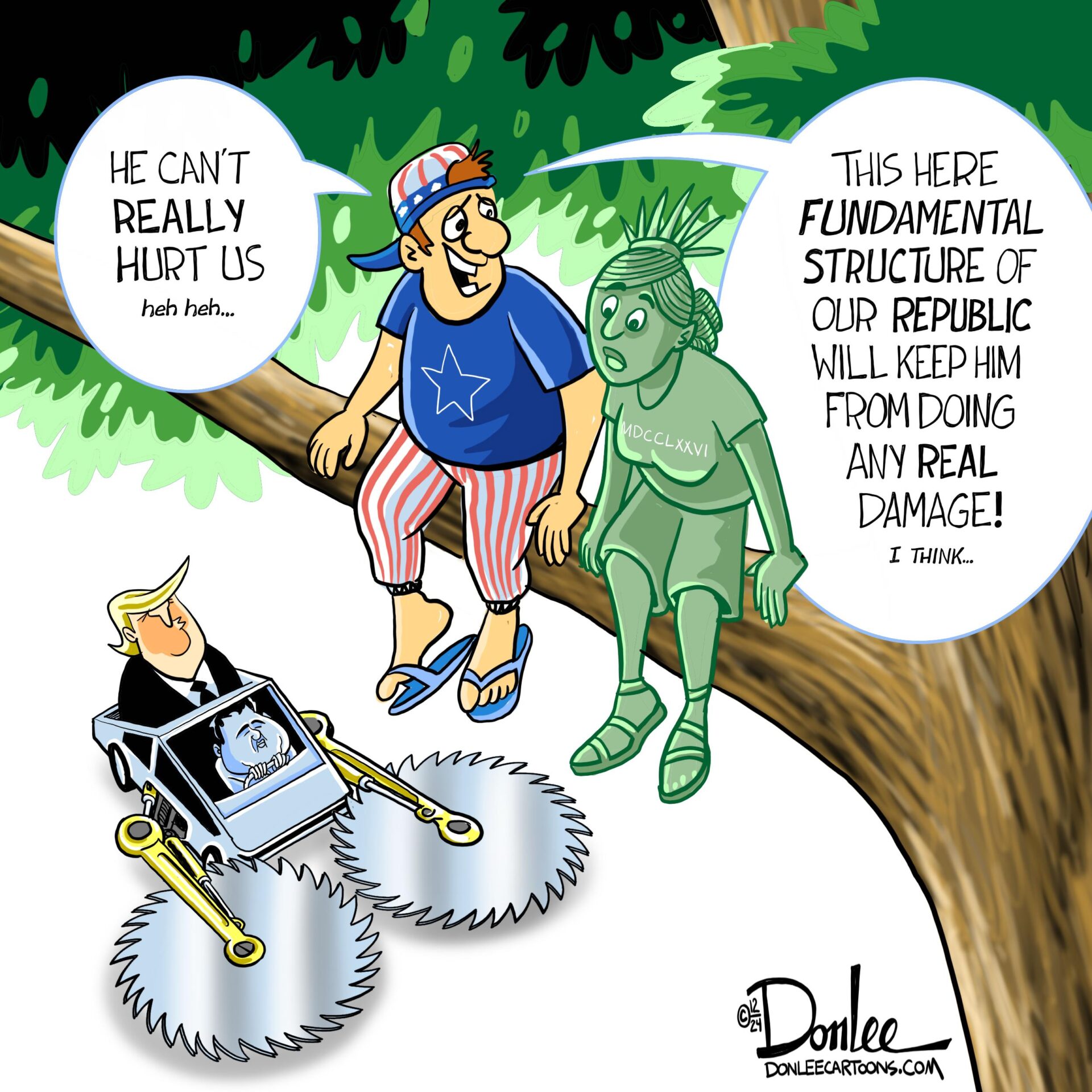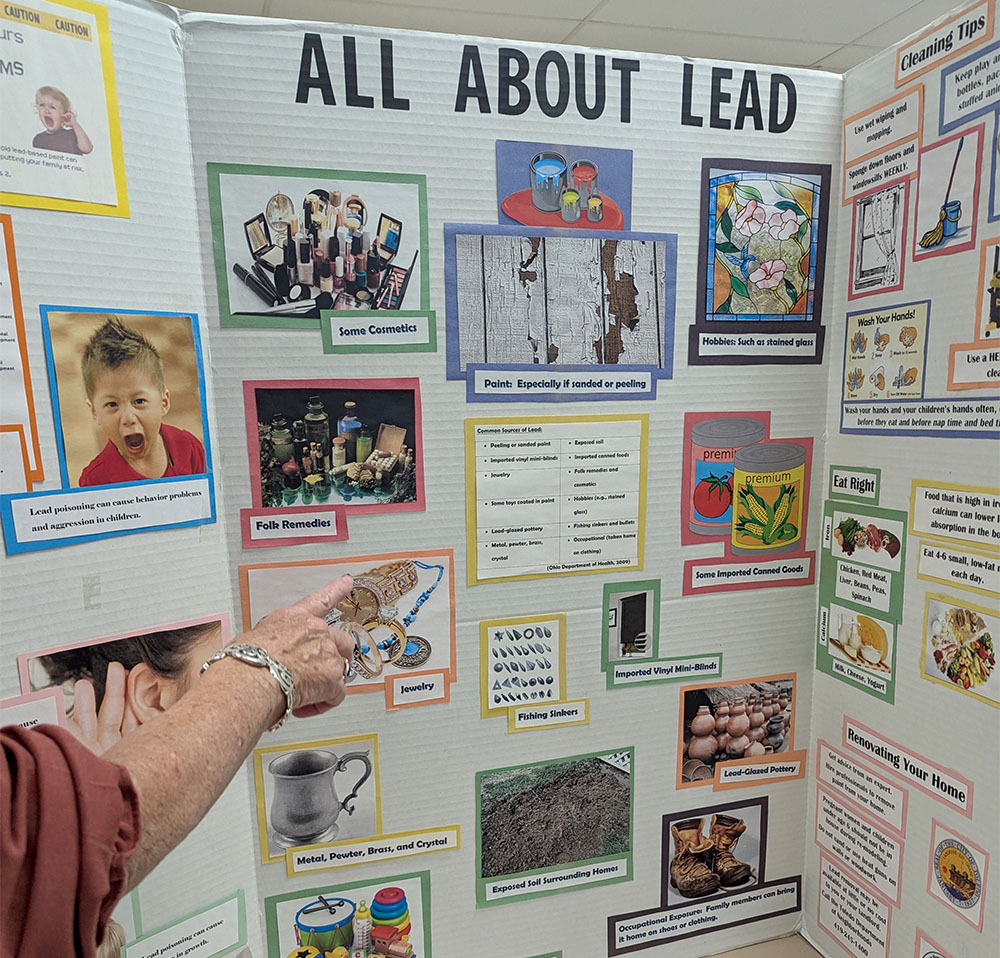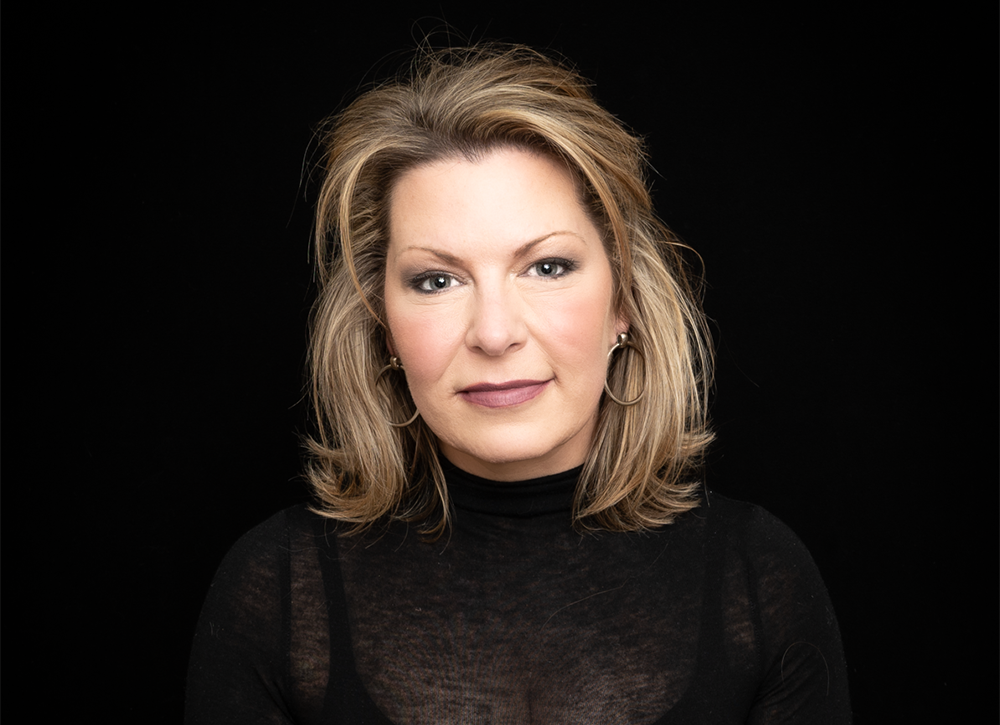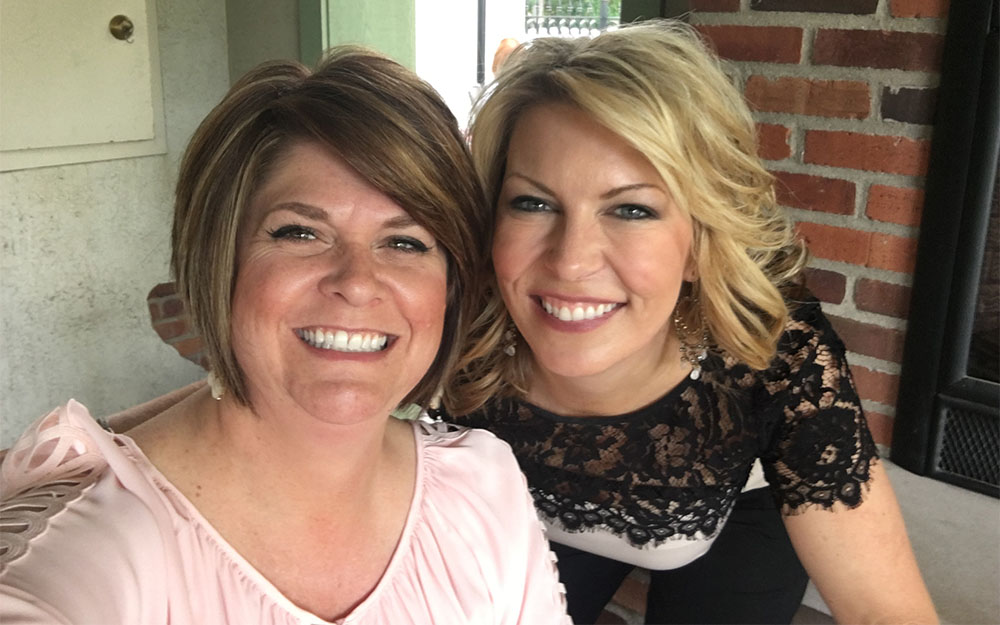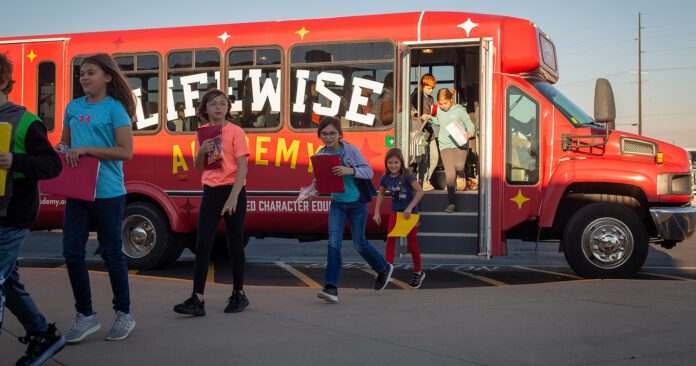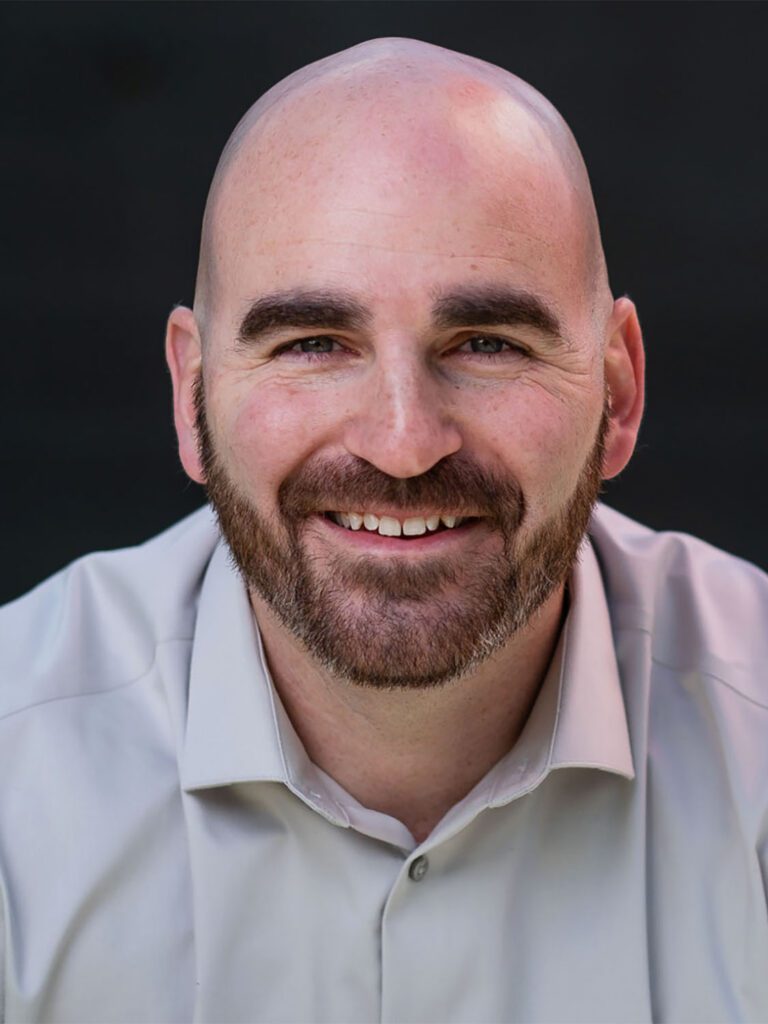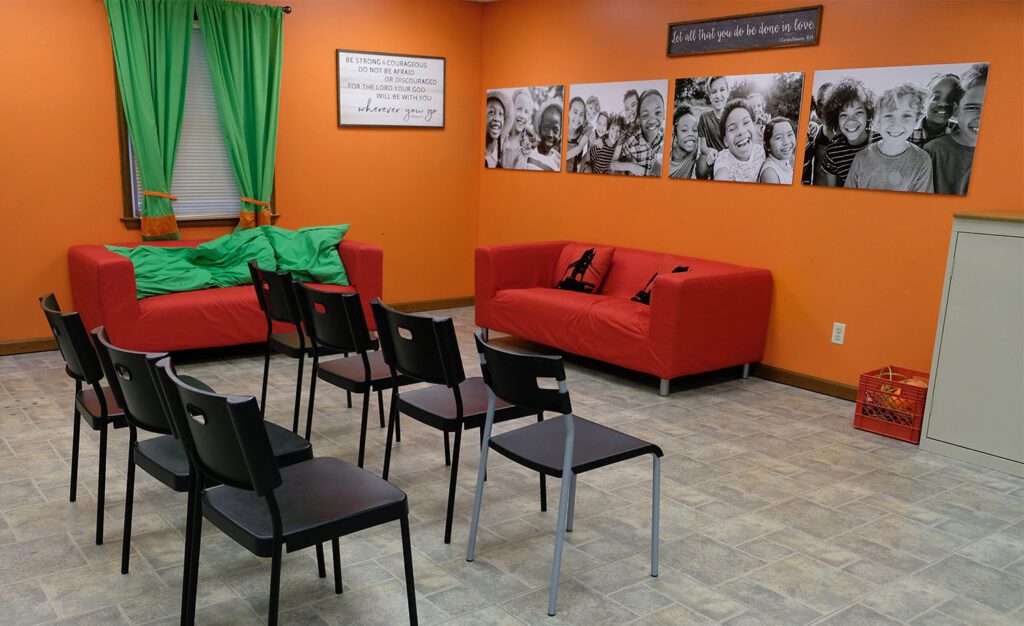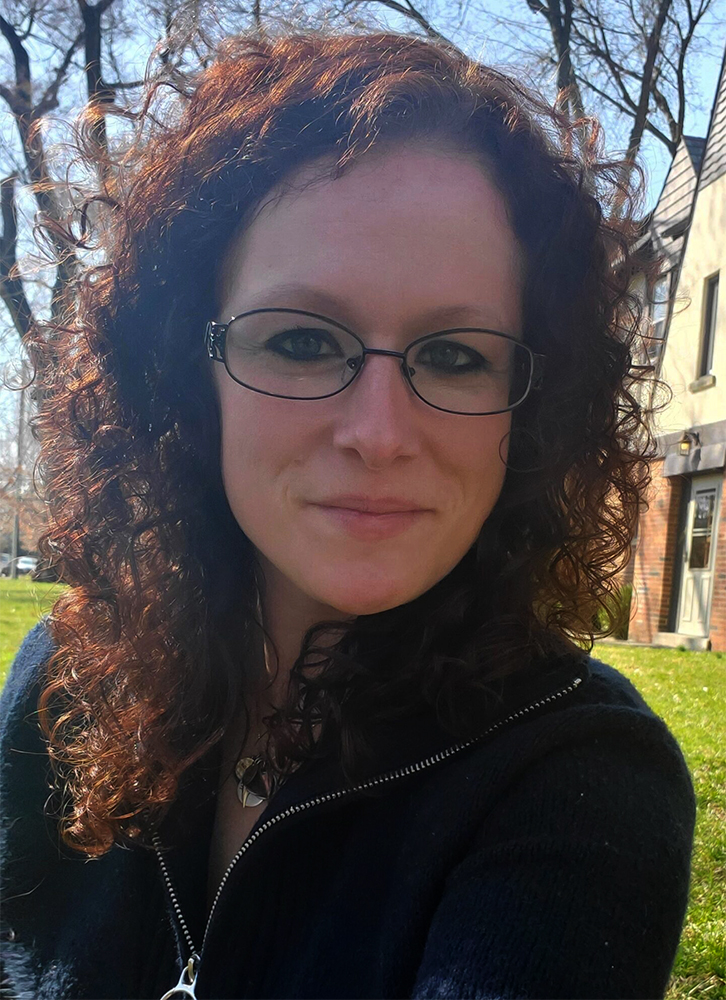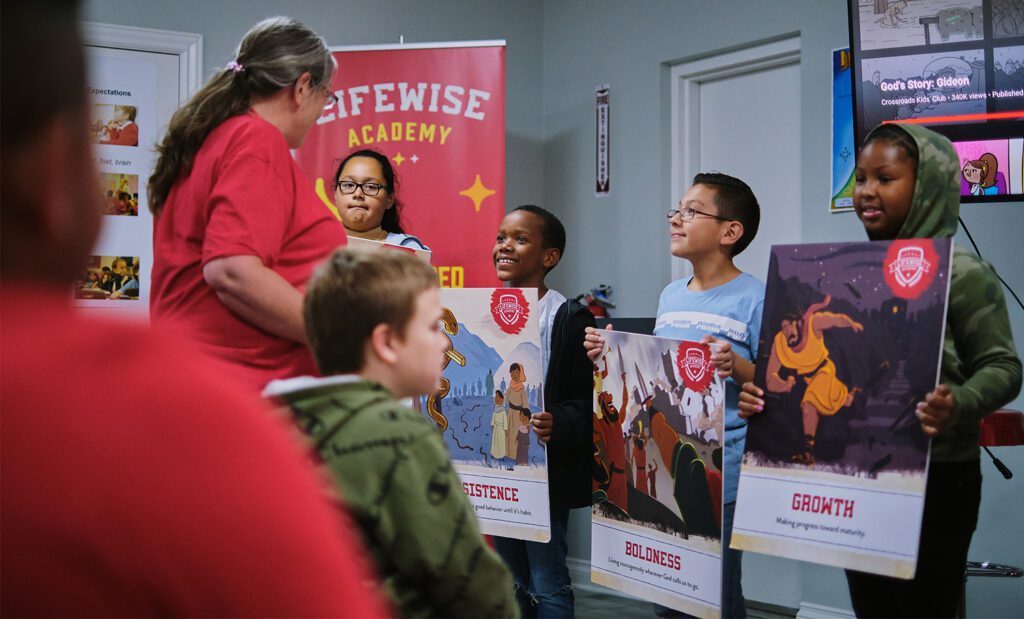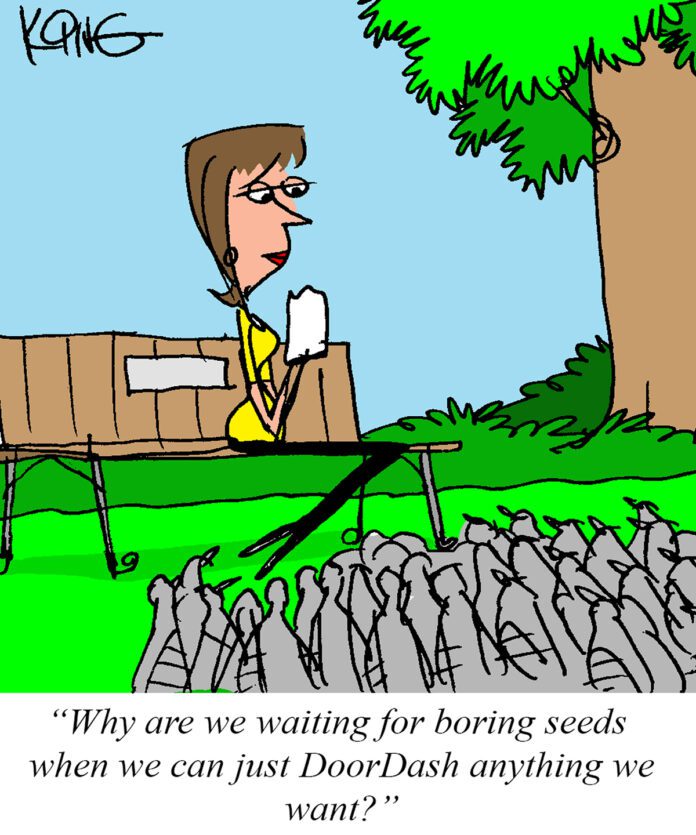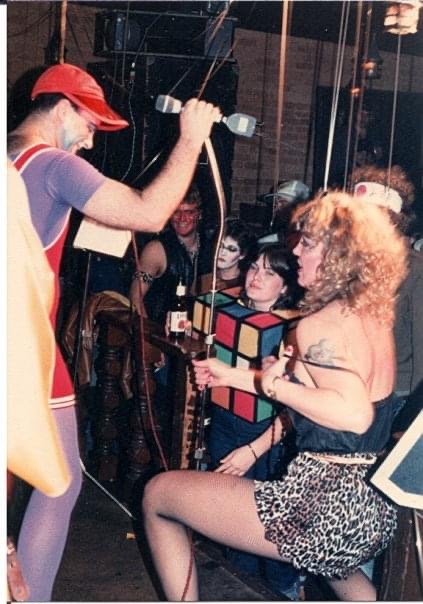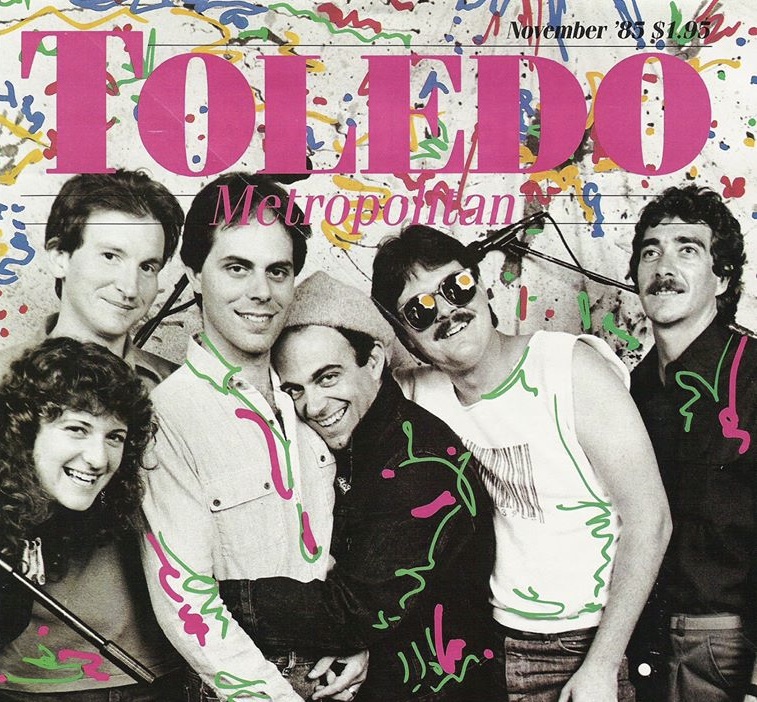TRFD Academy celebrates its current class with Family Day
This is Part 2 of a limited series about the current Toledo Fire & Rescue Academy class.
Story by Paula Wethington | Photos Courtesy of Toledo Fire & Rescue
WALBRIDGE – Toledo Fire & Rescue Department’s newest class of probationary firefighters have earned their assigned stations after being sworn in during a ceremony on Dec. 6.
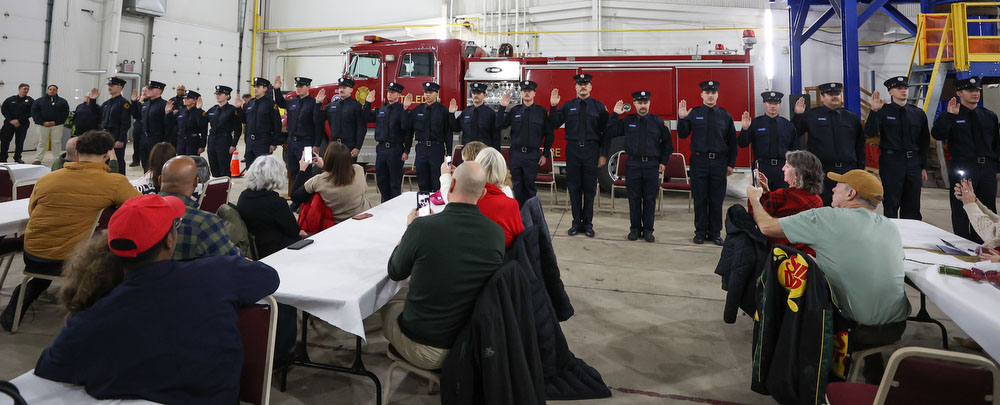
The ceremony took place during the academy’s Family Day program at the Center for Emergency Preparedness Center on Tracy Road. The facility, designed for public safety and first responder training, is near the main campus of Owens Community College.
“I’ve always wanted to be a firefighter. I wanted to give back to my community,” said Aubrey Bruhn, 18, of Waterville, who was among those named to probationary firefighter rank that day.
Scott Bruhn, who described his daughter as “motivated,” explained his daughter did not wait for the 2024-25 fire academy to officially begin, but took her emergency medical technician class ahead of time. The schedule for EMT was tight, given her birthdate, but the accomplishment was earned.
Bruhn’s TRFD assignment is at Station 9. She met her station crew mates just one day before earning her rank.
Fire Academy Class 298
Toledo Fire Class 298 started its training Aug. 16 with 30 recruits. By early December, one was on an injury leave while 29 remained active in the program.
The class participants ranged in age 18 to 39, with some coming in from former careers, such as with the military. Those who already have EMT or paramedic certifications, like Bruhn, get station assignments after completing the firefighter training courses, while the rest continue with EMT-Basic classes.
A graduation ceremony for the academy class takes place Feb. 28.
Training their crew mates
Running a fire academy is a huge investment for the department, and it happens only as schedules and budgets permit.
One reason is that veteran personnel from across the city need to step out of their regular 24-hour-on/48-hour-off station assignments into instructor preparation and training hours to coincide with the recruits’ schedule. But that’s how TRFD wants to bring new personnel on board.
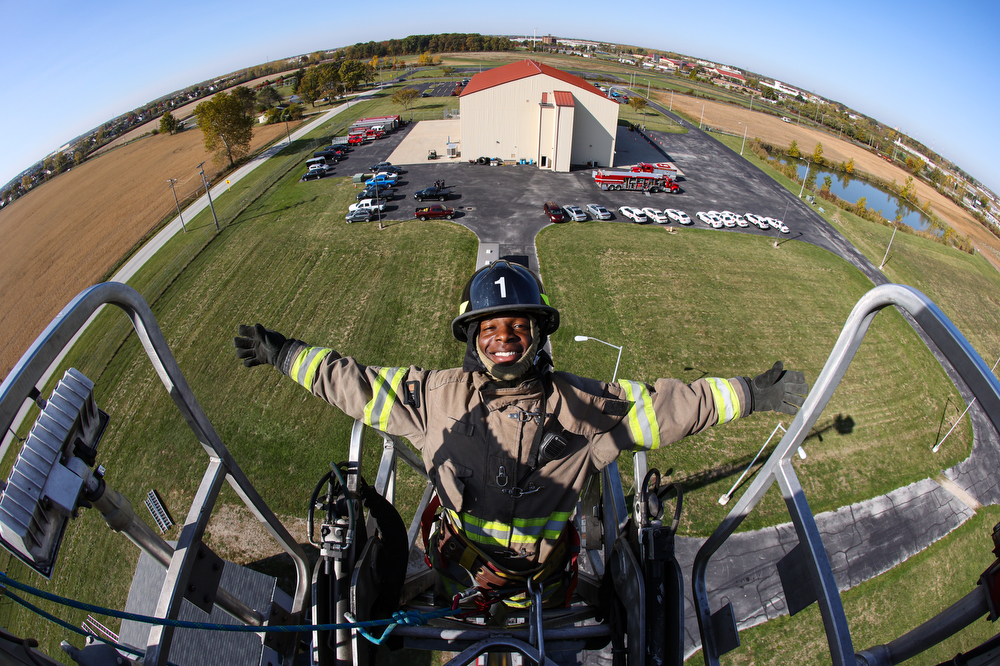
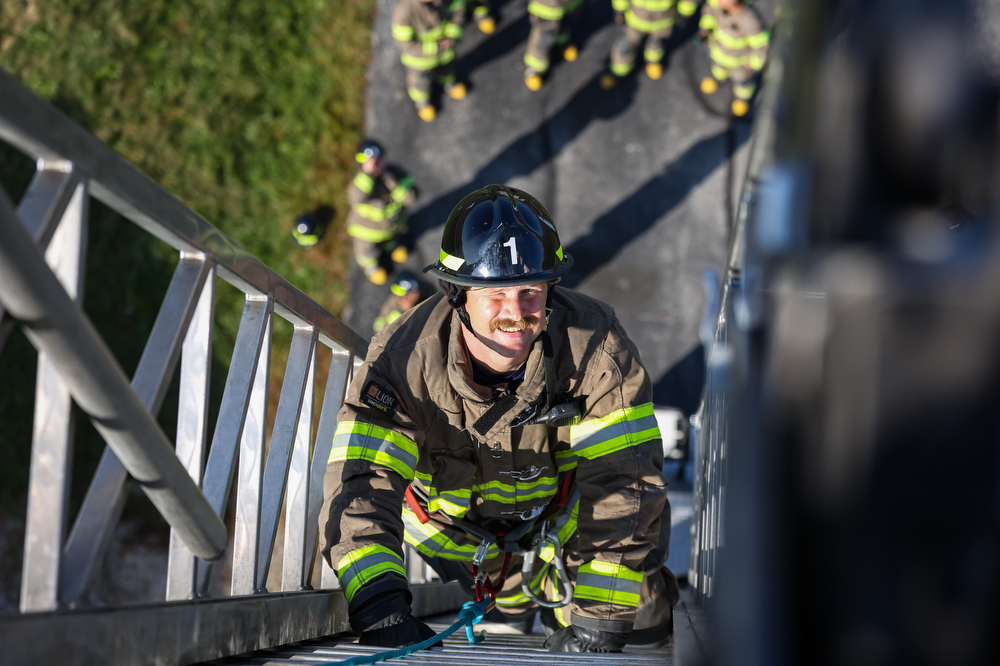
“They put forth effort, and we’ll get them to the finish line,” said Lt. John Rodriguez, who was among the academy instructors.
“I’m very proud to say they are coming to the line with me,” said Capt. Michael Romstadt, who led this year’s academy class. “It’s a very tough academy. We push them; we push them very hard.”
TRFD academy meets for 40 hours a week. Most of the classwork and training takes place at the Owens facility; some instruction takes place at Maumee Fire Division’s burn tower. The lessons include how to put out a structure fire, handling hazardous materials at a scene and how to operate the department’s equipment.
“I knew it was going to be very physical,” Bruhn said about the 16-weeks firefighter training. “But I didn’t expect how physical, and how good they got me in shape.”
Another classmate, recruit Shamonde Sanders, age 26, of Toledo, is a military veteran who had considered police work as his next career step. But then he decided on fire and rescue.
“This is a perfect opportunity to give back to the community,” Sanders said about his career path. “I think it is underrated how smart firefighters are, what they need to know and be prepared for at all times.”
The recruits are paid for academy training, and “we’re definitely getting our money’s worth,” Romstadt said.
Family Day celebration
Family Day is second only to graduation day itself within the academy. It marks the training achievements so far, and it is also a chance to meet and thank family and friends who supported recruits throughout the process.
The Dec. 6 ceremony and luncheon took place in the vehicle bay of the Owens training facility. It included speeches from the TRFD chief and other officials, introductions of the instructors and a roll call of the newest firefighters. Rev. Nicole Ritz, one of the TRFD chaplains, also gave a welcome and prayers.
The speeches and remarks included numerous acknowledgements for the family and friends at home.
“It’s the support system at home – you guys – that get this across the finish line,” Romstadt told their family and friends. “We talk a lot about tradition in the fire department. This is not a job: This is about service. This is about teamwork.”
Daniel Brown-Martinez, deputy chief of the training academy, encouraged the academy students to keep their passion for service. “Remember that it is a privilege and an honor to serve,” he said.
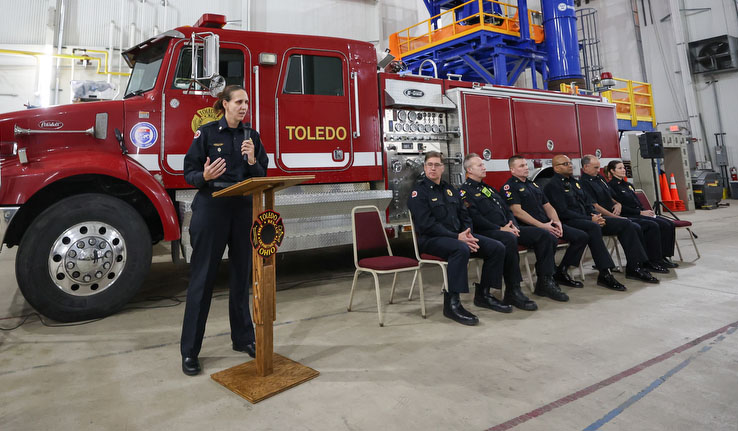
Then TRFD Chief Allison Armstrong gave her keynote speech.
“We know that they rely heavily on family and friends for support,” she said. “We chose a career of service.”
In their future roles, she reminded the audience, firefighters will have long and busy 24 hours before going home.
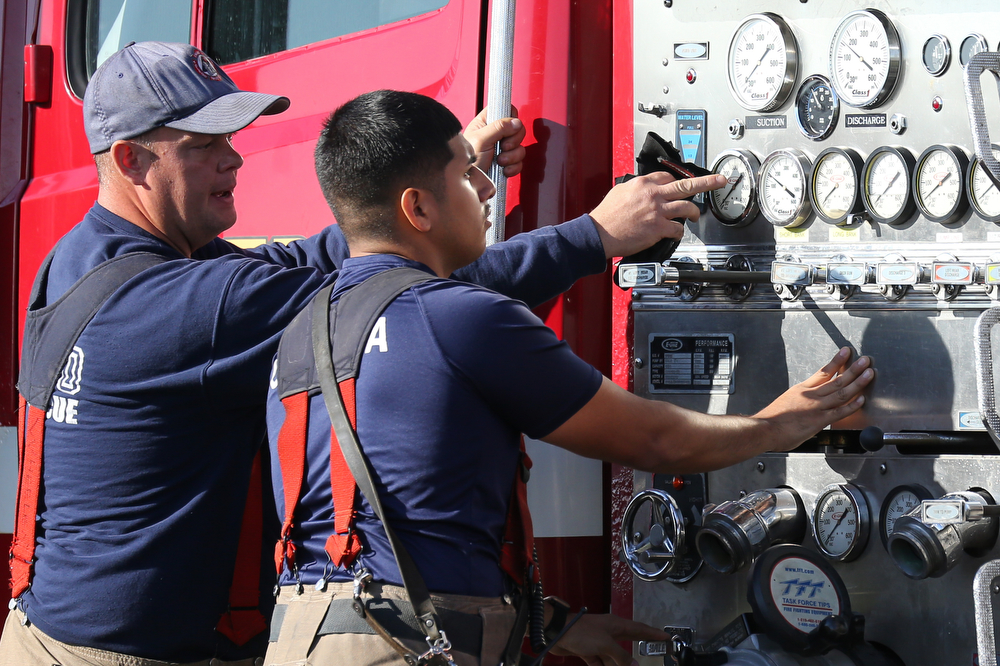
The firefighters are trained to respond to situations, such as a traffic accident or medical emergency. Under those conditions, the chief said, the firefighters are expected to treat the public with courtesy and professionalism. “People call us because they need help,” she said.
But there are also school visits, community events, parades, vehicle maintenance, training updates and smoke detector demonstrations.
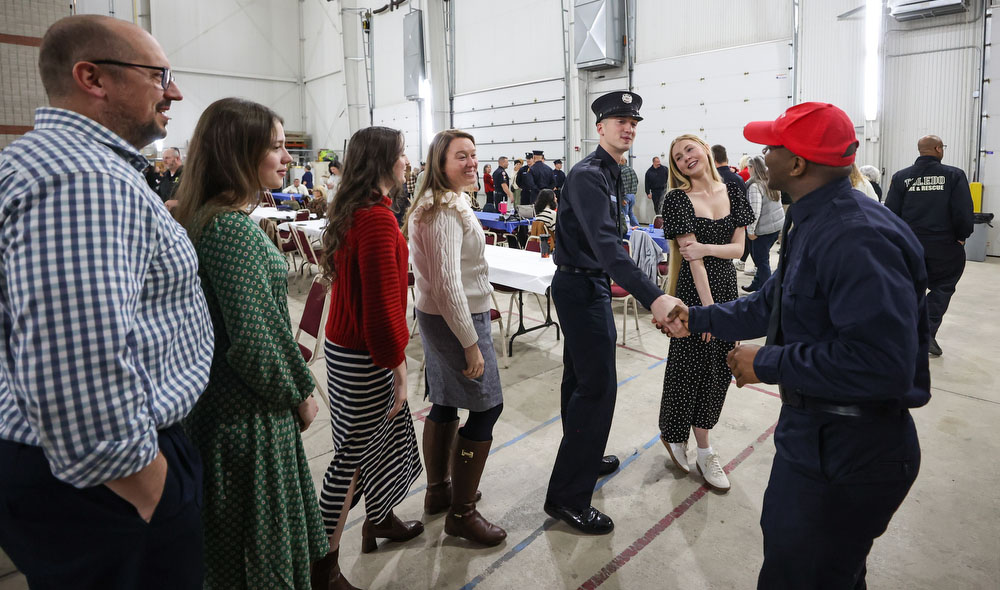
Armstrong instructed her new personnel that they are to be the first to get up and last to sit down when they arrive at their stations for a shift.
“Expect to be busy all day and prepare for that,” she said.
The 19 students who earned probationary firefighter status wore a full black dress uniform with the TRFD patch and cap. After the speeches, they lined up at attention in front of a Toledo fire truck to raise their right hands and recite the department’s oath of office.
The remaining 10 recruits who will continue on in the academy wore a simpler uniform and a red hat. Those recruits sat among the audience, but stood to join their classmates in the chant: “We will serve our community. We will inspire.”
What’s next?
Toledo’s newest firefighters spend a year rotating around three different stations.
TRFD has 18 stations across the city, and while the crews primarily work within the city limits, the department participates in mutual aid calls with neighboring fire districts as needed.
With upcoming city budgets currently under discussion, it’s not clear when the next academy class will begin. Romstadt said they like to start that series in the summer so that any training that needs to take place outdoors can happen amid ideal weather conditions.
Romstadt and Rodriguez said the schedule and personnel selected for each academy is intended to stay ahead of pending and expected retirements.




